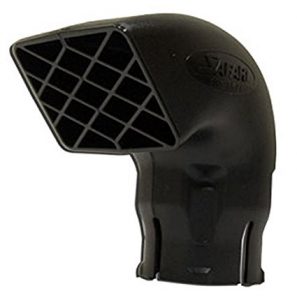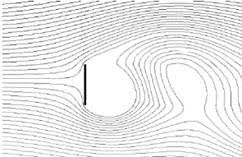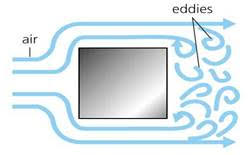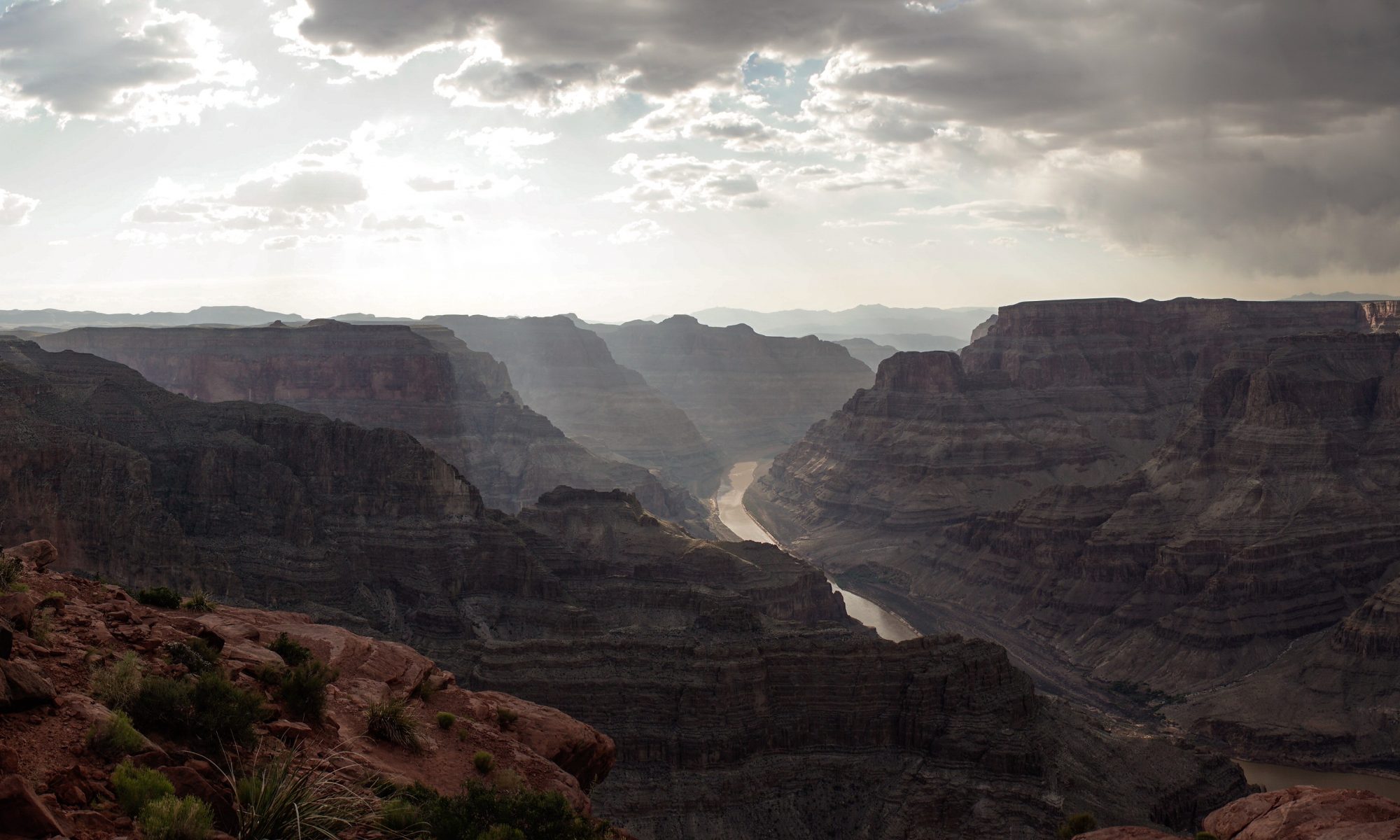Spend anytime at an event involving OHVs and you’ll see them. A raised air intake to allow the vehicle to cross deep water without water ingress into the engine and moving the air intake up and away from the dust. A snorkel. And beyond that short introduction this article is not about what snorkels are and if one is right for you. This article address a specific feature on vehicle snorkels. The air ram head.

The air ram head is the point of entry for air into some types of snorkel systems and the merits of which way to face the air ram head is discussed at events and on forums alike. Forward or backwards. Which way is best. And with varying opinions on both I decided to get a definitive answer. I decided to just ask the guys who make them.
Big thanks to Erik Herman at ARB USA and Bryan McMeikan at Safari Snorkel for doing all the legwork.
From Bryan McMeikan at Safari Snorkel.
“The Air Ram is designed to face forwards. This is where it reaches optimal flow. Whilst facing forwards the airstream entering the front of the ram is forced to make a turn to enter the neck of the Snorkel body. When the air makes this turn, the heavy particles in the airstream are forced to the outside. These heavy particles, such as water and/or dirt, are forced against the outer edge of the air ram and then forced out of the raised slots on near the bottom of the ram. This process works very efficiently for water separation from the incoming airstream, and this is because water particles are much heavier than air.
With dust, the particles are not as heavy, so although this process works, it is not as efficient. So although the snorkel ram does separate some of the dust, it does not separate it all. If the concern for dust ingress is just vehicles passing in the opposite direction when driving on a trail, I would not bother turning the air ram to face backwards. If the vehicle is in a convoy situation where they are following another vehicle for an extended period in heavy dust, then it is advisable to turn the ram backwards, but drive at a slow speed.
If the Air Ram is facing in a rearward direction there is interruption to the air flow. A basic airflow principle, the air that is trying to be drawn into the engine is from an interrupted source (see pictures below). So it is not clear airflow and lowers the volume of air that is available in the intake. There are a number of additional factors that have an effect on this airflow including vehicle speed, wind direction/speed, engine RPM etc. Because of all of these factors, Safari does not recommend driving the vehicle at more than 45mph if the Air ram is facing backwards. Just as a side note, driving in the conditions that would justify the air ram to be turned backwards – heavy dust, heavy snow – driving at more than 45mph is not advisable anyway!”


It should be pointed out that the 45mph is Safari Snorkel’s limit when the air ram is facing to the rear. When other manufactures specify a different limit you’ll want to follow their instructions.

